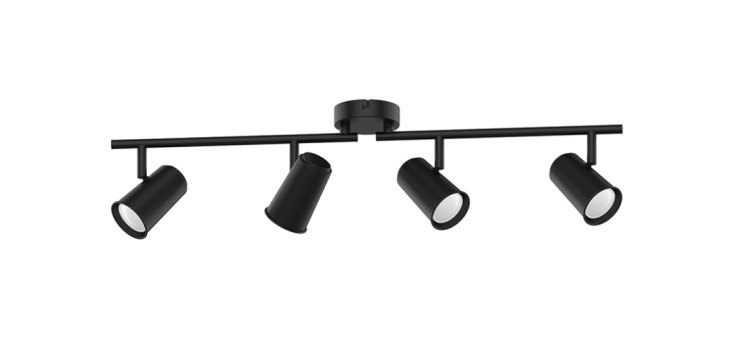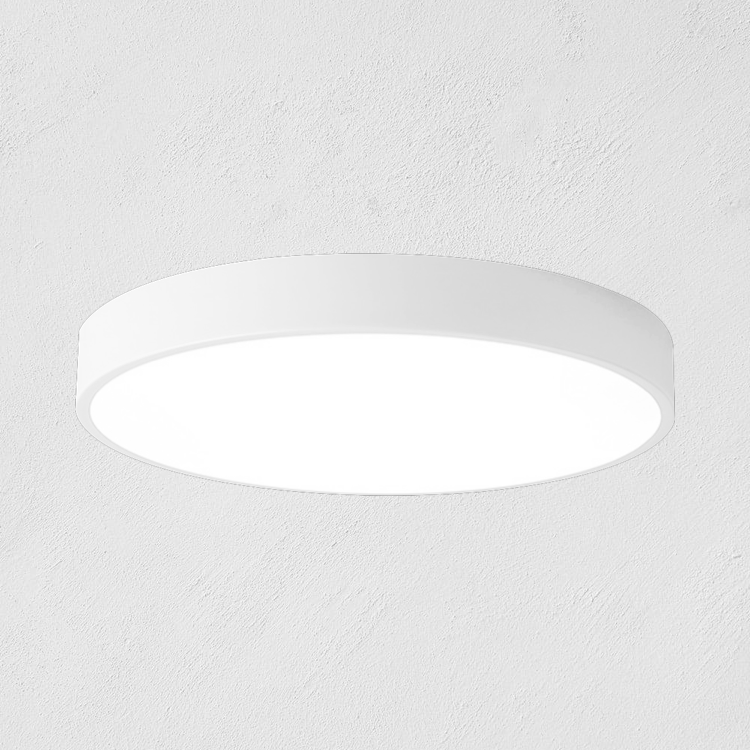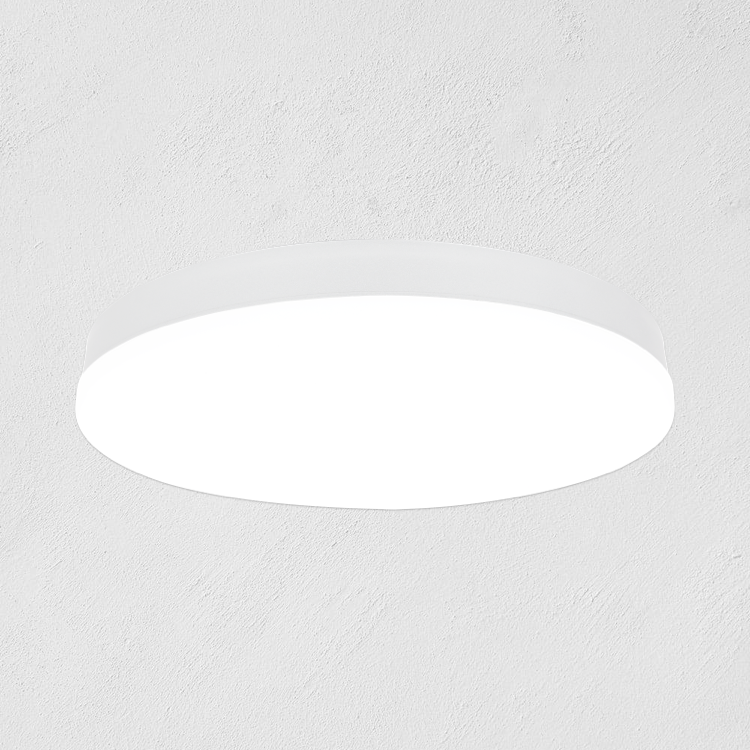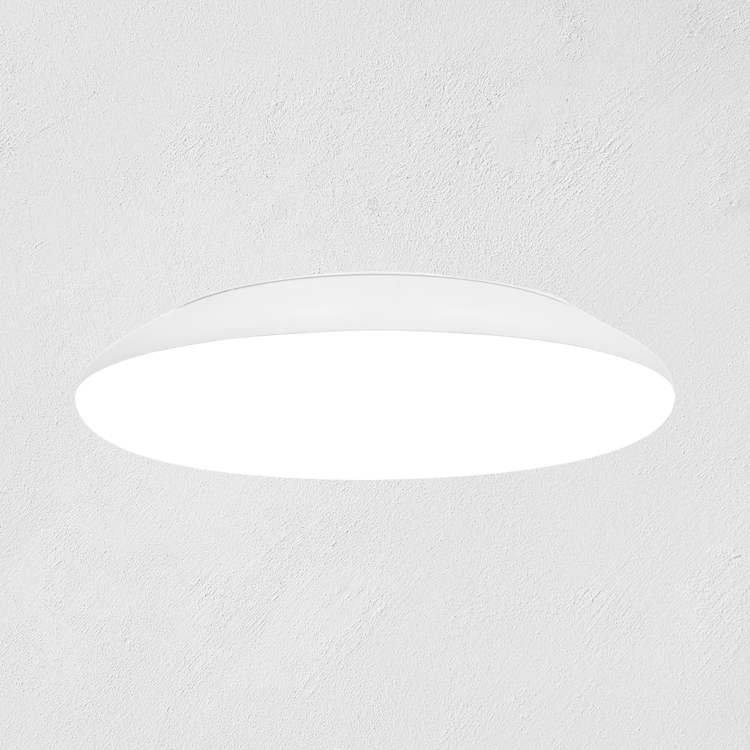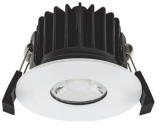Ceiling spot lights are versatile lighting fixtures commonly used in both residential and commercial settings to illuminate specific areas or objects. While their design may seem straightforward, these lights consist of several essential components working together to deliver efficient and focused illumination. Understanding the various parts of ceiling spot lights can help users make informed decisions when purchasing, installing, or maintaining these fixtures.
1. Ceiling Spot Light Housing
The housing, also known as the casing or body, serves as the outer shell that encloses the internal components of the spot light. It provides structural support and protection for the internal wiring and other components. Housings are typically made of metal, such as aluminum or steel, to ensure durability and heat dissipation.
2. Bulb Socket
The bulb socket is the receptacle where the light bulb is inserted and secured. It connects the electrical wiring of the fixture to the bulb, allowing electricity to flow and powering the light source. Different types of bulb sockets are used depending on the type of bulb the spot light is designed to accommodate, such as GU10 or MR16 sockets for halogen or LED bulbs.
3. Trim
The trim refers to the decorative and functional elements that surround the opening of the spot light housing. It helps to enhance the aesthetic appeal of the fixture while also directing and controlling the distribution of light. Trims come in various designs and finishes, including baffle, reflector, and adjustable styles, allowing users to customize the lighting effect to their preference.
4. Bulb
The bulb, or light source, is the component that emits light when electrical current passes through it. Ceiling spot lights are compatible with a wide range of bulb types, including incandescent, halogen, fluorescent, and LED bulbs. The choice of bulb depends on factors such as energy efficiency, color temperature, and desired lighting effect.
5. Reflector
The reflector is a component located behind the bulb that helps to direct and focus the light emitted by the bulb. It is designed to maximize the efficiency of the fixture by reflecting and redirecting light rays in a specific direction. Reflectors can be made of various materials, such as aluminum or plastic, and may feature different surface finishes to achieve desired light dispersion patterns.
6. Lens or Cover
Some ceiling spot lights feature a lens or cover that protects the bulb and other internal components from dust, moisture, and damage. The lens may be made of tempered glass, acrylic, or polycarbonate, depending on the application and environmental conditions. In addition to protection, the lens can also help diffuse or filter the light to create a softer or colored lighting effect.
7. Mounting Bracket
The mounting bracket is the hardware used to secure the spot light to the ceiling or mounting surface. It provides stability and support for the fixture, ensuring proper installation and alignment. Mounting brackets may vary in design and complexity, ranging from simple screw-on brackets to adjustable and swiveling mechanisms for precise aiming of the light.
Conclusion
Ceiling spot lights consist of several key components that work together to deliver efficient and focused illumination. From the housing and bulb socket to the trim and reflector, each part plays a vital role in the performance and functionality of the fixture.
By understanding the anatomy of ceiling spot lights, users can make informed decisions when selecting, installing, or maintaining these versatile lighting fixtures for various residential, commercial, and architectural applications.
Rayven is one of the ceiling spot light manufacturers in China. When it comes to ceiling spot lights, we have a variety of options to suit your needs. You are welcome to contact us for consultation and cooperation at any time, and we will provide you with high-quality customized spot lights at reasonable prices.


